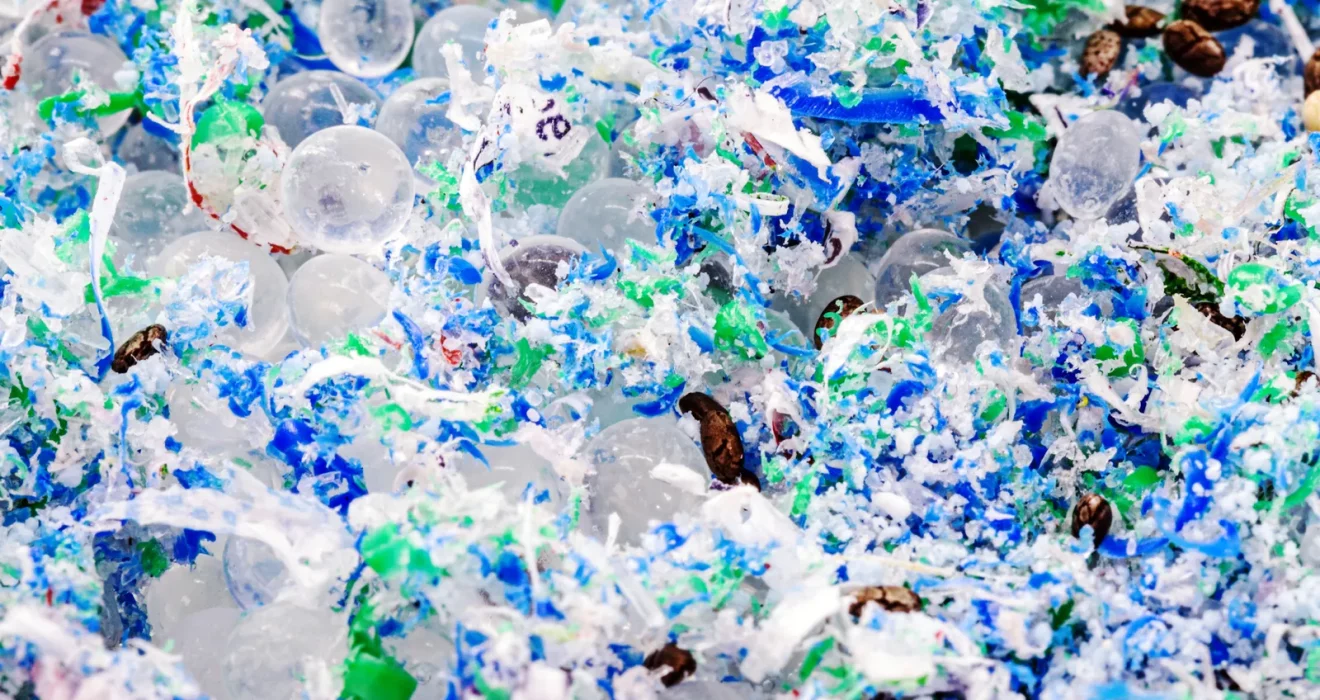In an era dominated by environmental concerns, a collaborative effort between the University of Birmingham and Duke University has emerged as a beacon of hope in the battle against plastic pollution. This joint UK-U.S. research team has pioneered a revolutionary solution to one of the primary challenges faced by sustainable plastics—brittleness. Harnessing the unique properties of sugar alcohols, the researchers have unlocked a new frontier in polymer science. This groundbreaking discovery, detailed in a recent publication in the Journal of the American Chemical Society, holds the promise of transforming the landscape of plastics, steering it towards a more sustainable and eco-friendly future.
The Power of Stereochemistry:
To comprehend the significance of this breakthrough, one must delve into the realm of stereochemistry, the three-dimensional arrangement of atoms in a molecule. Unlike traditional sustainable plastics, which often require a complete redesign to alter their properties, sugar alcohols offer a more flexible alternative. These compounds can form chemical bonds with different three-dimensional orientations while maintaining the same chemical composition. This intrinsic quality, absent in oil-based materials, becomes a game-changer in the quest for sustainable plastics, as highlighted by Josh Worch, co-author of the study.
Two Polymers, Endless Possibilities:
The tangible outcome of this innovative approach is the creation of polymers from isoidide and isomannide, compounds derived from sugar alcohol. Despite sharing identical chemical compositions, these polymers exhibit vastly different properties. The isoidide-based polymer combines stiffness and malleability, resembling conventional plastics, while the isomannide-based polymer demonstrates elasticity and flexibility reminiscent of rubber. This duality opens up a plethora of possibilities for diverse applications in various industries.
Ductile vs. Elastic: Tailoring for Different Needs:
The distinctive characteristics of each polymer offer unique advantages catering to specific needs. The isoidide-based polymer, with its ductile nature, mirrors the properties of High-Density Polyethylene (HDPE), commonly employed in milk cartons and packaging. In contrast, the isomannide-based polymer behaves more like rubber, gaining strength when stretched and returning to its original form. This adaptability positions it favorably for applications such as elastic bands, tires, and materials used in sneakers. The potential for blending these polymers further enhances their utility, allowing for customization according to specific requirements.
Recycling for a Sustainable Future:
A critical aspect of sustainable plastics is their ability to be recycled efficiently. The researchers underline the importance of creating materials that are not only useful but also environmentally responsible. Both polymers can be recycled similarly to HDPE or Polyethylene terephthalate (PET), providing a distinct advantage in the recycling process. This aligns with the global push for a circular economy, where materials are reused and recycled, reducing the burden on landfills and the environment.
Challenges and Progress in Degradability:
As the world grapples with the consequences of plastic waste, the term “biodegradable” often emerges as a potential solution. However, the researchers caution against misconceptions, emphasizing the need for a nuanced understanding. Connor Stubbs, a co-author of the study, explains that true biodegradability involves breaking down into biomass, carbon dioxide, and water through the action of microorganisms. The term “degradable” is preferred by the researchers, reflecting the accurate nature of their sugar-based polymers.
Determining the degradability of a plastic alternative poses a significant challenge. Factors such as the environment (ocean or soil), temperature, and the types of microorganisms present can influence the speed of degradation. The researchers employed experiments in alkaline waters, coupled with data on other plastics’ degradation, and mathematical models to estimate the degradability of their polymers in seawater. While models offer insights, real-world testing without modeling is underway to provide more accurate data.
Next Steps in Sustainable Plastics:
Beyond degradability, the researchers are focused on addressing challenges and improving various aspects of their sugar-based polymers. One crucial area is enhancing the recyclability and extending the lifespan of these materials. Currently, the polymers exhibit diminished performance after undergoing the recycling process twice. Overcoming this limitation is paramount for ensuring the long-term viability of these sustainable alternatives.
In terms of production, the researchers have outlined two primary goals: creating a greener, less energy-intensive system using reusable chemicals and scaling up production from small-scale synthesis to commercial quantities. While industry collaborations are essential for translating these innovations into commercial-scale production, the joint patent filed by the University of Birmingham Enterprise and Duke University indicates a step towards realizing the commercial potential of these sustainable plastics.
Conclusion:
The development of sugar-based polymers represents a pivotal moment in the ongoing quest for sustainable alternatives to traditional plastics. As the researchers continue to refine and expand the applications of their innovative materials, the prospect of replacing petrochemically-sourced plastics with environmentally friendly options becomes increasingly tangible. While challenges persist, ranging from recyclability to real-world degradability testing, this research offers a ray of hope for a future where plastics contribute to a healthier planet rather than posing a threat to the environment.
In a world striving for environmental balance, the sugar-powered revolution in polymer science emerges as a beacon of change, heralding a new era of sustainable plastic solutions. The collaborative efforts of the University of Birmingham and Duke University have not only uncovered the potential of sugar alcohols but have also paved the way for a more conscientious approach to material science, one that prioritizes environmental responsibility without compromising functionality. As we navigate the complexities of a modern world, these sugar-powered polymers stand as a testament to human ingenuity, offering a glimpse into a future where plastics coexist harmoniously with nature. The journey towards sustainable plastics continues, fueled by innovation, collaboration, and an unwavering commitment to a greener tomorrow.

